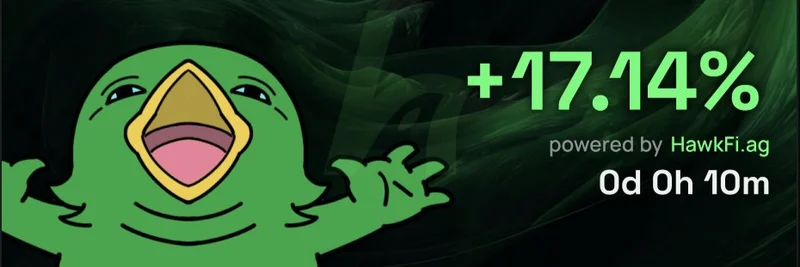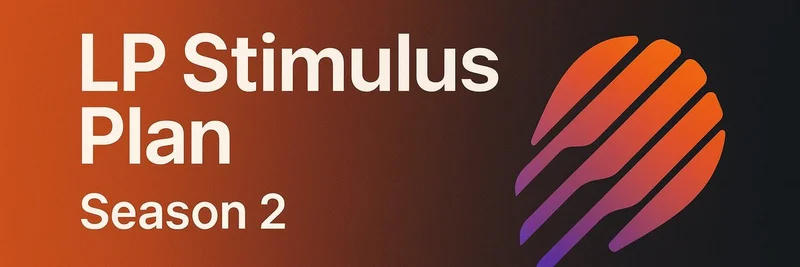If you've been keeping an eye on the Solana meme coin scene, you've probably noticed some turbulence around Pump.fun lately. A recent tweet from dashboard expert Adam (@Adam_Tehc) has sparked discussions about how the platform's latest fee changes might be shaking things up for automated traders and overall activity.
Understanding the Fee Overhaul
Pump.fun, the popular Solana-based platform for launching and trading meme coins, rolled out "Dynamic Fees V1" as part of their "Project Ascend" update in early September 2025. This new system introduces a tiered creator fee structure specifically for PumpSwap, their decentralized exchange component. Essentially, fees scale based on a token's market capitalization – the bigger the token gets, the lower the fee percentage for creators.
According to Pump.fun's official docs, this aims to incentivize long-term project sustainability rather than quick flips. For instance, lower fees at higher market caps encourage creators to build lasting communities instead of pumping and dumping. It's a shift from the flat fees of the past, and while it's great for genuine projects, it might not sit well with everyone.
Reports from sources like CCN highlight that this update was designed to boost creator earnings, with some seeing up to 10x increases in revenue for successful tokens. But as with any change in crypto, there are winners and losers.
The Algo Trader Dilemma
Adam's tweet points to a potential downside: these fee tweaks could be sidelining algorithmic traders and bots. Algo trading involves using automated scripts to execute high-frequency trades, often profiting from tiny price movements across massive volumes. Bots thrive in environments with predictable, low costs.
With the new dynamic fees, even small adjustments – like a 0.2% hike in trading fees as mentioned in one reply – can erode those razor-thin margins. As user @letsfknbetonit noted in the thread, "the margin of profit decreased by more than 0.2% on each trade which is now going to trading fee, a lot of these algo traders and bots profit on high frequency volume and microsecond trades."
This isn't just speculation. Data from Dune Analytics shows Pump.fun's daily volumes dipping significantly in late September 2025. From around $167 million on September 19 to $105 million by September 21 – that's roughly a 37% drop, close to the 40% Adam referenced. Could the fee structure be the culprit? It makes sense if bots, which drive a chunk of that volume through rapid trades, are pulling back.
Another angle from the replies: @metahacker_ suggested it makes "serial launching" less lucrative. Serial launching is when creators spam multiple tokens in quick succession to capitalize on hype, a tactic often amplified by bots. With tiered fees favoring sustained growth, this hit-and-run approach becomes costlier.
Broader Implications for Meme Coins
For the meme coin ecosystem on Solana, this could be a double-edged sword. On one hand, reducing bot dominance might lead to a healthier market with less manipulation and more organic growth. Platforms like Pump.fun have already generated massive buzz, hitting $1 billion in daily volume earlier in the month as per Brave New Coin.
On the flip side, lower volumes could mean less liquidity and excitement, potentially scaring off retail traders who thrive on the chaos. Revenue for the platform itself has also taken a hit, dropping from a September peak of $2.44 million to under $1 million daily, according to Mitrade.
Adam admits he "just can’t prove it yet," but the timing aligns. Other factors like broader market bearishness in memes – with tokens like PUMP itself down 25% in a week as reported by Cryptodnes – could be at play too.
What’s Next for Pump.fun?
As the platform evolves, keep an eye on how these changes pan out. If volumes continue to slide, we might see further tweaks. For now, it's a reminder that in crypto, even small fee adjustments can ripple through the ecosystem.
Check out the original tweet thread for more community takes, including some bullish sentiments and puzzled reactions. If you're diving into meme tokens, tools like Pump.fun are essential, but always DYOR – do your own research – to navigate these shifts.



